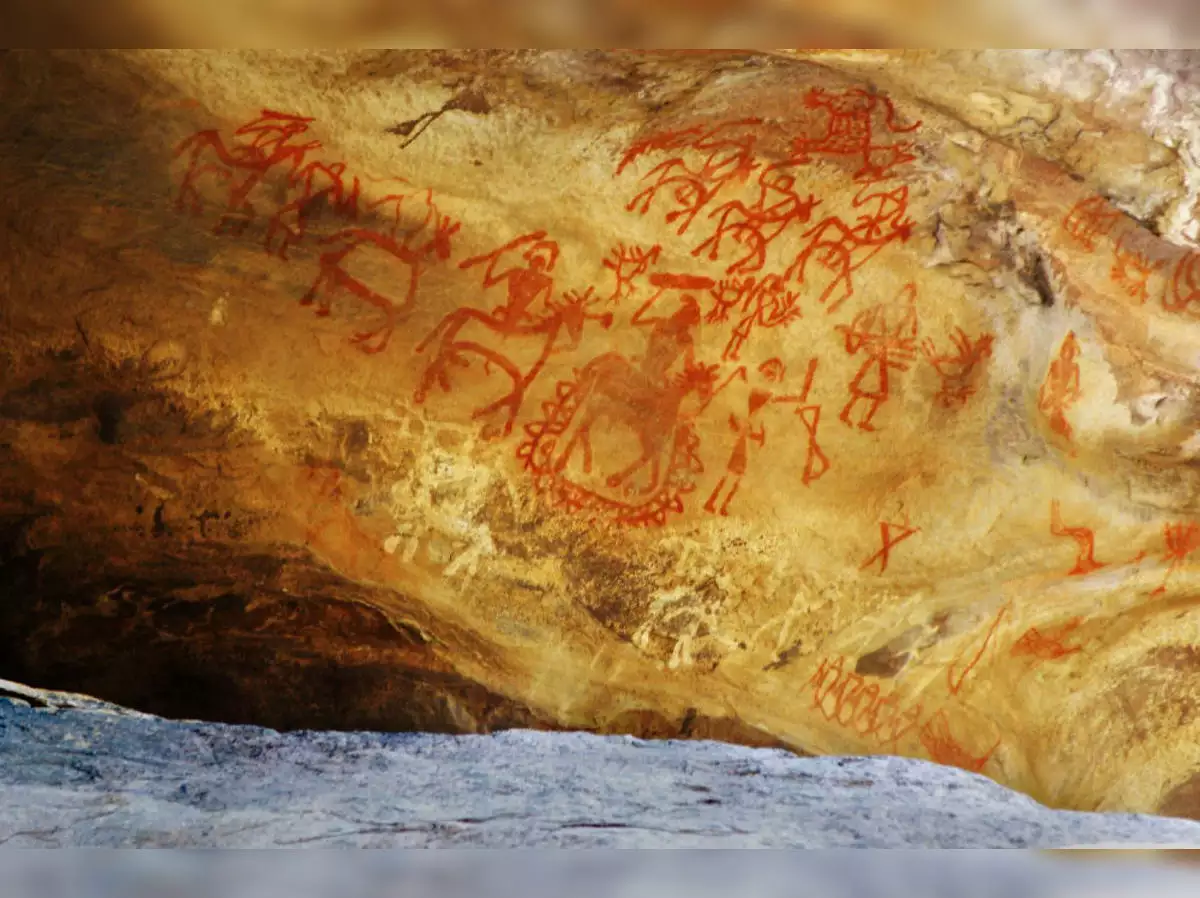Free Courses Sale ends Soon, Get It Now


Free Courses Sale ends Soon, Get It Now



Disclaimer: Copyright infringement not intended.
Context
Other Details
Vindhyan Supergroup
Birbal Sahni Institute of Palaeosciences
Must read Article:
https://www.iasgyan.in/daily-current-affairs/bhimbetka
UNESCO World heritage sites
https://www.iasgyan.in/daily-current-affairs/unesco-world-heritage-sites
|
PRACTICE QUESTION Discuss the significance and contribution of Bhimbetka caves in understanding the evolution of human life and culture. Also explain the role played by Vindhyan supergroup to know about the history of earth. (250 words) |
https://pib.gov.in/PressReleasePage.aspx?PRID=1932919
© 2024 iasgyan. All right reserved